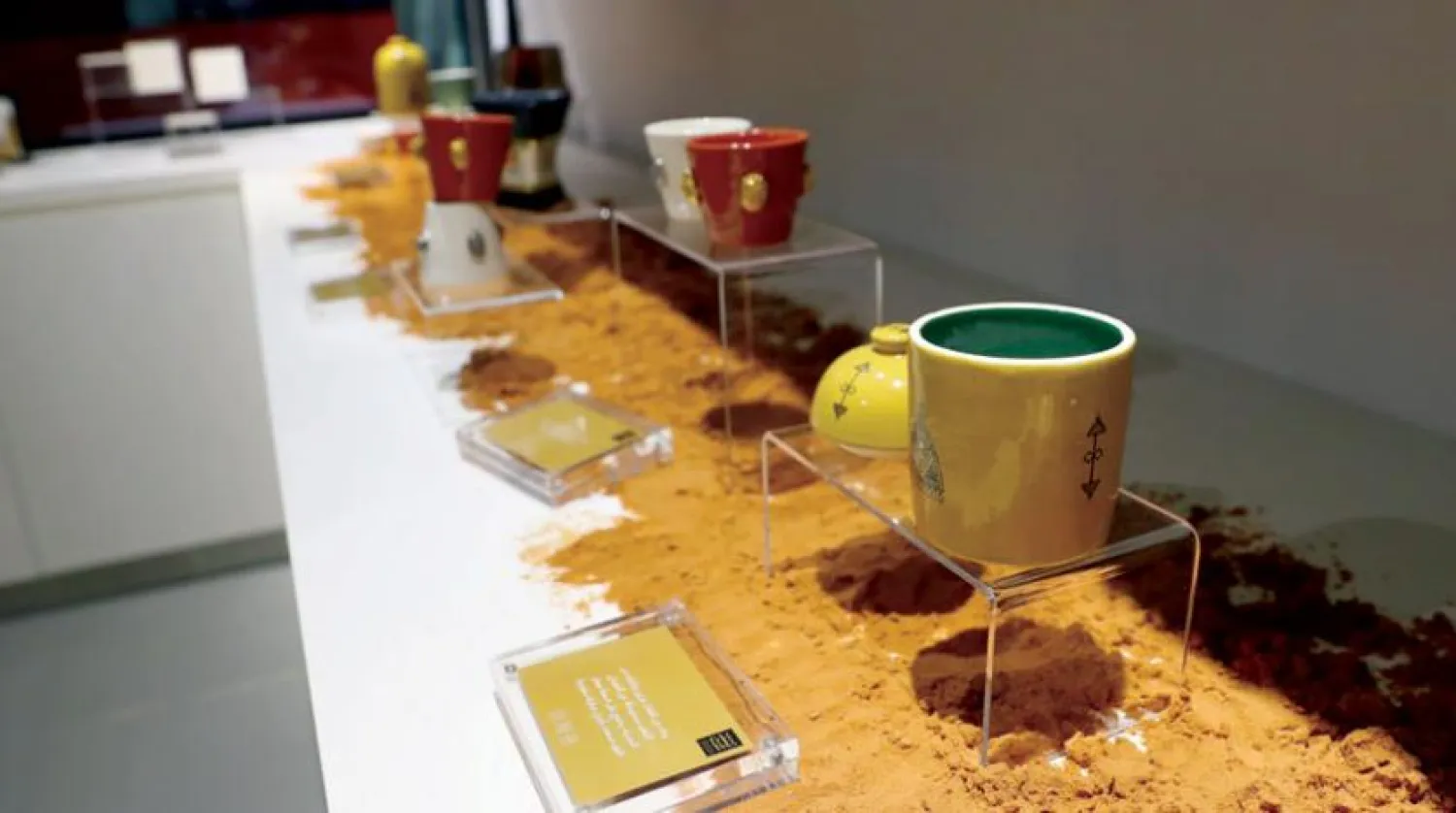The Royal Institute of Traditional Arts (RITA) in Saudi Arabia has kicked off its executive programs aimed at providing an innovative environment to develop potentials in Saudi traditional arts through educational, cultural, and social programs.
The institute's goal is to emphasize the national identity by enriching and promoting the traditional arts, in addition to motivating and training local skills and talents, and providing educational programs in this field.
The institute seeks to contribute to preserving the tangible and intangible assets of traditional arts, raising the level of awareness in the kingdom, promoting these arts locally and globally, and encouraging and supporting the efforts made to maintain them.
RITA has divided its educational programs into three categories: student programs, academic programs, and short courses. It offers many art-related majors including traditional visual arts, textiles and fashion, materials, construction, and books, in addition to studies in traditional performance arts such as popular dance and traditional music, as well as studies of museums, heritage, and antiquities.
In the first phase, the institute launched several courses to teach traditional arts including palm leaf weaving, one of the most popular arts in Saudi Arabia. It shed lights on how Saudis inhabiting agricultural regions adapted to their environment and improved their skills. Palm leaves are used to make chains and other products locals use in their daily lives.
It also plans to launch a course to teach "Al Sadu" weaving, an old Saudi art known with its catching colors and geometric patterns widely seen in tent embroidery. Al Sadu is usually weaved by assorting wool, lint, and animal hair into threads using a loom.
The institute will also provide a general course about UNESCO, its goals and missions, in addition to explaining its different conventions and programs aimed at supporting culture, including the Convention for the Safeguarding of the Intangible Cultural Heritage (2003), and the 1972 World Heritage Convention. The course will enable the participants to study the Kingdom's cultural landmarks enlisted as "UNESCO's Intangible Heritage," in addition to the Saudi sites included in the agency's World Heritage List.
RITA plans to open several branches, but the biggest is located in "Al Murabba" neighborhood in Riyadh. The 3.350 square meters building includes 12 workshops, four classrooms, four ateliers, and a library.
Another large branch will be opened in Historic Jeddah, western Saudi Arabia, and will feature two workshops, three classrooms, and will recruit specialized technicians.
The King Salman Park is set to host the main campus as of 2025, which will feature four art academies, three cinema halls, an external theater, a cultural educational center, a national theater, and five specialized museums.









